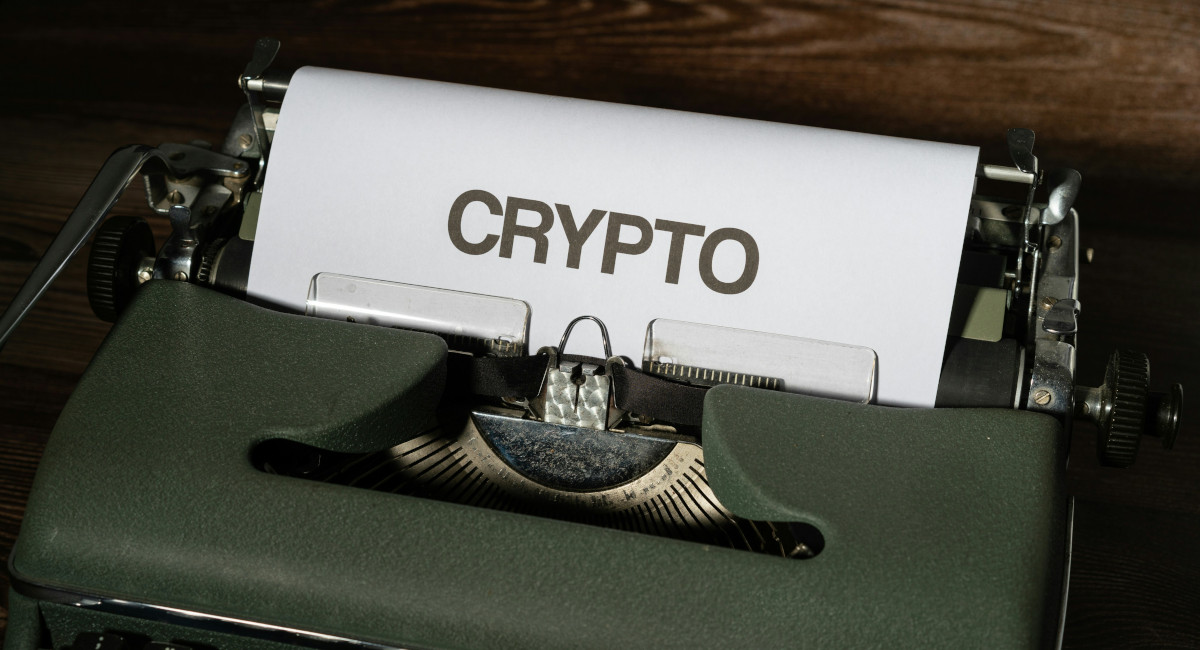Regulation (EU) 2023/1114 (Markets in Crypto-Assets Regulation – MiCAR) establishes a harmonised legal framework for the issuance of and services related to crypto-assets within the EEA (i.e. the EU, Liechtenstein, Norway, and Iceland).
MiCAR sets out uniform requirements for the public offering and admission to trading of crypto-assets on a trading platform. A key element of this is the obligation to prepare and publish a whitepaper.
In this blog post, we provide a practical overview of what crypto-asset service providers should know about the requirements for MiCAR crypto-asset whitepapers.
1. What is MiCAR?
MiCAR is a regulation of the European Union that came into force at the end of 2024. For the first time, it introduces harmonised rules for crypto-assets across all EEA member states. Its goal is to make the market safer and more transparent – for both service providers and investors.
MiCAR applies in particular to: crypto-assets that are to be publicly offered or admitted to trading; and crypto-asset service providers, such as custody and administration of crypto-assets on behalf of clients, operation of a trading platform for crypto-assets, or exchanging crypto-assets for funds or other crypto-assets.
2. What are “crypto-assets” under MiCAR?
MiCAR defines crypto-assets as a digital representation of a value or right that can be transferred and stored electronically using the distributed ledger technology or a similar technology.
MiCAR distinguishes between three categories of crypto-assets:
- asset-referenced tokens (ART): Crypto–assets that aim to maintain a stable value by referencing another value or right, or a combination thereof, including one or more official currencies.
- e-money tokens (EMT): Crypto-assets that aim to maintain a stable value by referencing an official currency. This category includes, for example, stablecoins such as USDC.
- other crypto-assets: All other crypto-assets not classified as ART or EMT – e.g., meme coins, no-right tokens, or utility tokens.
Expressly excluded from the scope of MiCAR are funds, deposits, and financial instruments (securities).
As a result, security tokens do not fall under MiCAR but under the MiFID framework. Public offerings of security tokens therefore require a prospectus under applicable securities law, not a MiCAR whitepaper.
3. When is a crypto-asset whitepaper required?
Anyone wishing to publicly offer a crypto-asset or admit it to trading on a crypto-asset trading platform within the EEA is required to prepare and publish a MiCAR-compliant crypto-asset whitepaper.
There are certain exemptions for public offerings:
- addressed to fewer than 150 persons per member state;
- with a total consideration not exceeding EUR 1 million over 12 months;
- offered exclusively to qualified investors.
4. What must be included in a MiCAR crypto-asset whitepaper?
The crypto-asset whitepaper is intended to inform potential investors transparently and comprehensively about the crypto-asset, its risks and the underlying technology. It is comparable to a securities prospectus in traditional capital markets law.
Key contents of a MiCAR crypto-asset whitepaper include:
- information about the issuer, offeror, and trading platform operator;
- description of the crypto-asset project;
- rights and obligations of investors;
- underlying technology (e.g. blockchain used);
- details of the public offering and offer conditions;
- risks associated with the crypto-asset;
- potential adverse impacts on climate/environment.
5. Does the whitepaper need to be submitted to a supervisory authority?
Yes. The crypto-asset whitepaper must be submitted 20 business days prior to publication to the competent authority (in Liechtenstein, this is the Financial Market Authority Liechtenstein – FMA).
Along with the crypto-asset whitepaper, a legal assessment of the qualification of the crypto-asset must be submitted, including a demarcation from financial instruments.
However, the competent authority does not review or approve the content of the crypto-asset whitepaper. It merely acknowledges receipt and transmits the relevant data to the ESMA Interim Register. There is no approval process as is the case for a securities prospectus.
6. How must a crypto-asset whitepaper be published and updated?
The white paper for crypto-assets must be published on the provider’s website and kept up to date at all times.
If a significant new factor, a material error, or an inaccuracy arises that could affect the assessment of the crypto-assets, the white paper must be updated accordingly. The revised version must be submitted to the competent supervisory authority at least seven working days before its publication.
Previous versions of the whitepaper, as well as all marketing materials used, must remain publicly accessible on the provider’s website for at least ten years.
7. What must be considered when marketing a crypto-asset white paper?
All marketing activities must comply with the requirements of the MiCAR regulation.
Therefore, marketing communications must be clearly identifiable as such and may only be distributed after the related whitepaper has been published.
In addition, marketing information must be fair, clear, and not misleading. It must be consistent with the content of the crypto-asset whitepaper. Marketing materials must also include a clear reference to the whitepaper’s publication, relevant contact details, and the required legal disclaimers and statements.
8. Conclusion
MiCAR introduces clear rules for the issuance and offering of crypto-assets within the EEA. The crypto-asset whitepaper plays a central role in informing investors about the crypto-asset, associated rights and risks, and the underlying technology.
isp attorneys at law is happy to support you with the structuring of your token/coin/crypto-asset, the legal assessment, and the preparation of a MiCAR-compliant crypto-asset whitepaper.
Start with us now and contact us at office@isp.law or use our fully automated booking tool to make an appointment directly for an initial consultation at https://www.isp.law/en/book-an-appointment.


